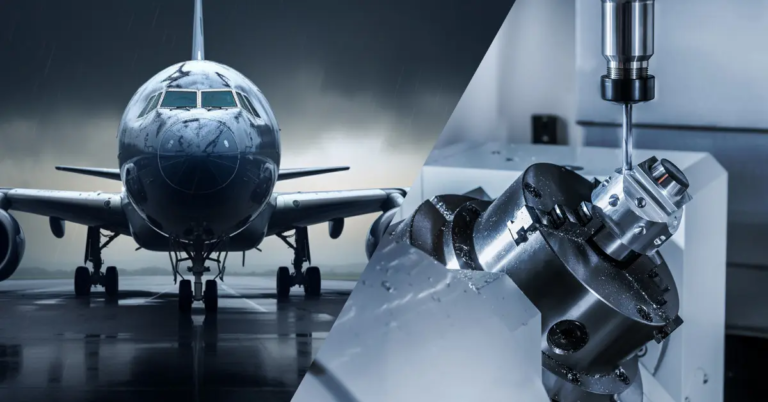Revolutionizing Industrial Detection and Metrology: The Advent of 2D Image Measurement Instruments
The world of industrial detection and metrology is on the cusp of a revolution, thanks to the advent of 2D image measurement instruments. This cutting-edge technology combines the best of both worlds – traditional optical projection and digital innovation – to create a new era in measurement and inspection. In this article, we’ll delve into the world of 2D image measurement instruments, exploring their capabilities, benefits, and potential applications.
What is a 2D Image Measurement Instrument?
A 2D image measurement instrument, also known as an image mapping instrument, is a game-changing technology that leverages digital images and computer-aided measurement technology to perform complex spatial geometric operations. This instrument is designed to provide accurate measurements, streamline processes, and enhance product quality in various industries.
How Does it Work?
The 2D image measurement instrument uses CCD digital images to capture images of objects or components, which are then processed using powerful software. This software uses spatial geometry algorithms to measure the dimensions of the object, producing a digital representation of its size, shape, and features. The system can also generate 2D graphics and animations to aid in the measurement process, allowing operators to intuitively identify potential measurement discrepancies.
Key Features and Capabilities
The 2D image measurement instrument boasts a range of advanced features, including:
- Real-time measurement and analysis: The instrument can analyze images in real-time, providing instant feedback and measurements.
- Spatial geometric operations: The software can perform complex spatial geometric operations, such as triangulation, projection, and reconstruction.
- Graphic display and annotation: The system can generate 2D graphics and animations to aid in the measurement process.
- CAD graphic output: The instrument can produce CAD (Computer-Aided Design) files, allowing users to integrate the measurement data into their design and engineering workflows.
- Data analysis and reporting: The system can generate detailed reports and data analysis, providing valuable insights into measurement accuracy and product performance.
Applications and Industries
The potential applications of 2D image measurement instruments are vast and diverse, spanning industries such as:
- Manufacturing: Measure and inspect products, components, and assemblies for quality control and defect detection.
- Aerospace: Measure and analyze complex geometric shapes and structures in aerospace components.
- Medical: Use image analysis for medical imaging, surgical planning, and patient-specific models.
- Automotive: Measure and inspect vehicle parts, components, and finished vehicles.
- Construction: Measure and analyze building structures, infrastructure, and construction progress.
Benefits
The 2D image measurement instrument offers numerous benefits, including:
- Increased accuracy: Reduce errors and improve measurement accuracy through digital image analysis.
- Faster turnaround times: Streamline processes and reduce measurement time using real-time analysis.
- Improved quality control: Enhance product quality by detecting defects and irregularities earlier in the production process.
- Reduced costs: Minimize waste and rework by catching defects early, reducing re-measurements, and minimizing scrap material.
Conclusion
The 2D image measurement instrument is a revolutionary technology that is poised to transform the world of industrial detection and metrology. Its ability to combine traditional optical projection with digital innovation makes it an invaluable tool for industries seeking to increase accuracy, efficiency, and quality. As this technology continues to evolve, we can expect to see even more sophisticated applications and uses emerge, further solidifying its place as a game-changer in the world of measurement and inspection.

















